Intro
Contents
Sound quality usually takes a back seat when talking about the “Best True Wireless Earbuds.” I want the best sound I could get – everywhere I go. And I’m the breed of audiophile who will bring his Chord Electronics Hugo 2, custom IEMs, Audioquest Jitterbug, and Danacable USB cable with me as a “portable” headphone setup. That’s over $4,000 worth of gear just for the sake of higher fidelity on-the-go.
However, sometimes setting up all this gear while traveling becomes a bit of a hassle. From waiting with your luggage at the terminal, sitting in tiny seats on an airplane, Uber rides, and quick hotel stays. All the bulk and cables start to take away from an enjoyable listening experience. So, I had to put my snobbery aside and started to look for a practical solution.

True Wireless + Sound Quality
I figured the only logical step was to buy a bunch of truly wireless earphones and find out which one sounds the best. Luckily, I don’t exercise, I don’t talk to humans on the phone, or listen to in-ear monitors for long periods of time (It’s not good for you). So IPX ratings, call quality, and battery life isn’t as huge a deal for me. I also don’t care about range, noise cancellation, isolation, or how much these buds stick out. Hell, I don’t care if they’re hot neon pink – sound quality rules everything around me.
So, this post isn’t for those who are willing to settle for “good enough.” This is for the HiFi enthusiast who wants convenience without sacrificing too much fidelity.
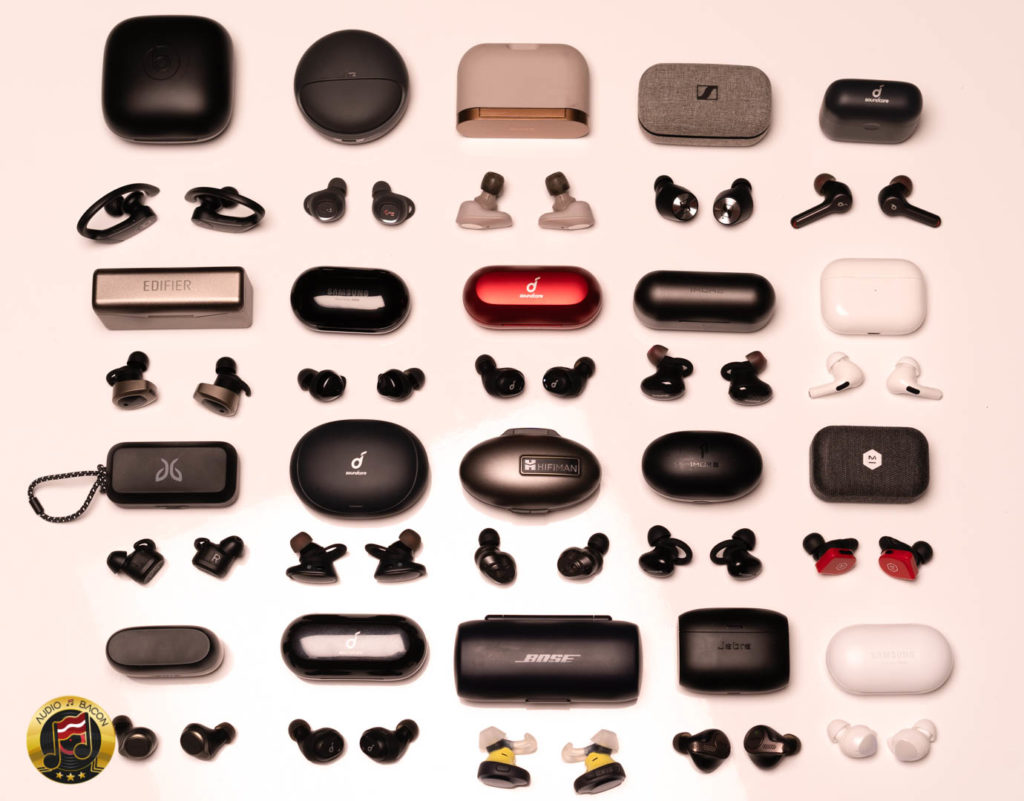
What does sound quality mean?
Sound quality may mean different things to different people. We have bass-heads, neutrality dorks, treble chasers, and tone freaks. It depends on what someone has actually heard, what they’re listening for, and what keeps them engaged. So a generic “sound quality” rating doesn’t make much sense. Simply put, it depends on one’s reference point.
If you rarely attend unamplified concerts or listen to live music or instruments – then your point of reference is whatever you hear in your home stereo, your car, or through your laptop. You may not get an idea of how your favorite performers really sound – BUT it’s a sound you’ve grown accustomed to. So although it doesn’t sound “real,” it’s just a sound you may have an affinity for. And there’s nothing wrong with that. Music acts as an index into our memories and emotions over the course of our lives. And there are plenty of social, biological, cultural, financial, and personal reasons for what sound quality means.
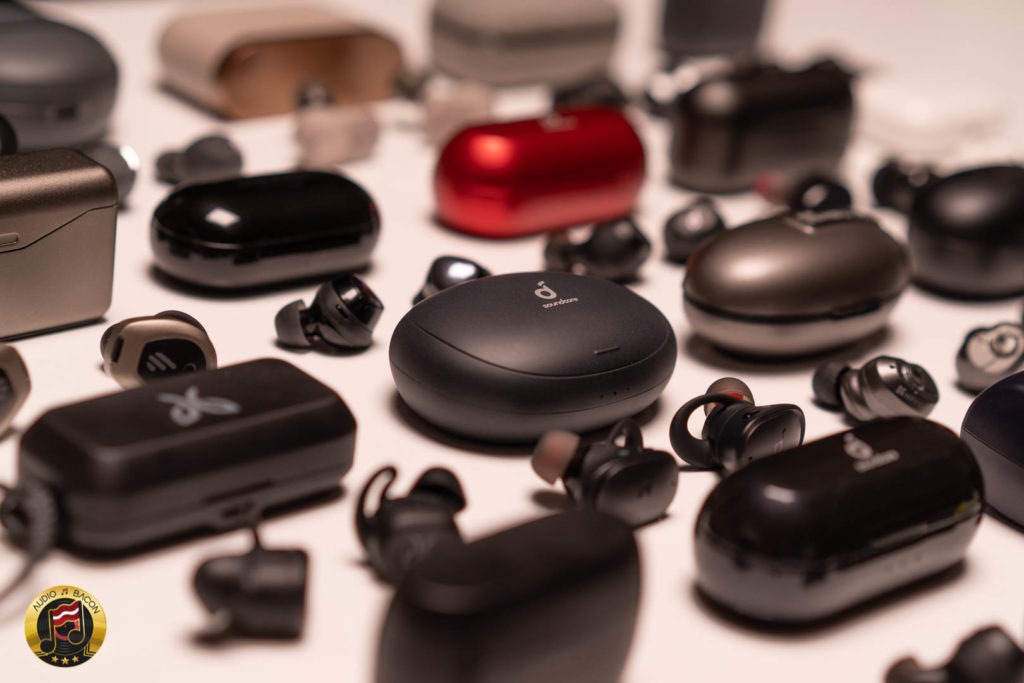
How do you know what the artist or sound engineer intended?
Unless you ask them directly, you don’t. But generally, most of them will mix for the masses on a pair of terrible sounding Yamaha NS10s and other range-specific speakers. Different microphones sound different and their placement is critical depending on what they’re trying to achieve. There are just too many variables. That said, I’m not sure why an engineer or artist would want their music to sound colorless…(shrug)
This is why when evaluating gear, you need to listen to an assortment of music from the various recording studios. For example, a good place to start is the Billboard Top 100. If Ed Sheeran and Billie Eilish start to sound the same – you know something’s up. You’ll discover a “common ground” where a piece of gear “sounds right” across most artists and genres of music. This is not something you could determine from a frequency response graph or by buying the most expensive gear.

How about measurements? Show me dem curves!
An impressive frequency response chart doesn’t equate to better sound quality. The only way know is to listen. It doesn’t matter if you’re an avid concert-goer, musician, sound engineer, or dancer. A person’s opinion is only as valuable as their experiences. When they say: “The sound is clear, tight, and punchy” what is that relative to?
In fact, the best measurement device would be one where electrodes are hooked up to your brain while you evaluate gear. 🙂 So, unless you know of a way to measure the following, trust your ears. They’re more complex than any manmade measurement device.
- Transparency / Resolution
- Articulation / Control
- Dynamics
- Soundstage
- Coherence
- Treble
- Timbre / Essence / Tonal Variance
- Separation / Delineation
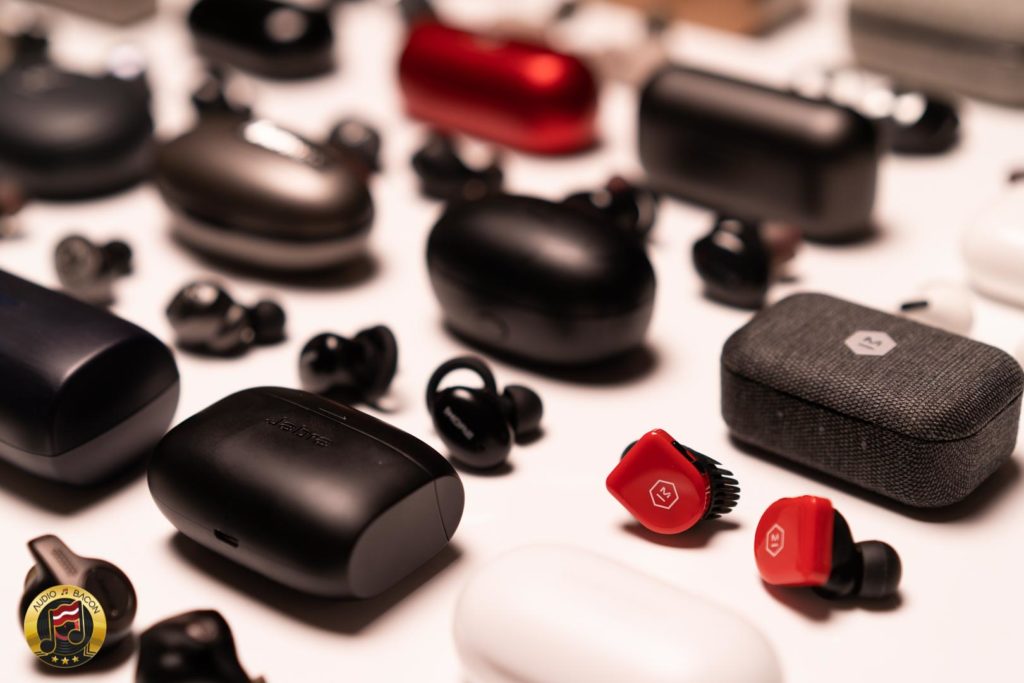
Why can’t I just equalize the sound to perfection?
If you’re lucky, you might be able to. But not all music players are the same – or have parametric equalizers. Not to mention, you’re at the mercy of the physical limitations of hardware, design, and headroom tolerances. Large boosts and cuts will typically clip or distort the sound – and do more harm than good. There are some room and headphone correction software that allow you to equalize to a curve of your choosing, and those might be good enough. You could even use Roon with REW.
The bottom line is, your results will depend on what you’re trying to achieve and the design of the product you’re working with. Surely, you’ll be able to adjust to taste and work within the thresholds – but there will be hard limitations with every piece of gear.
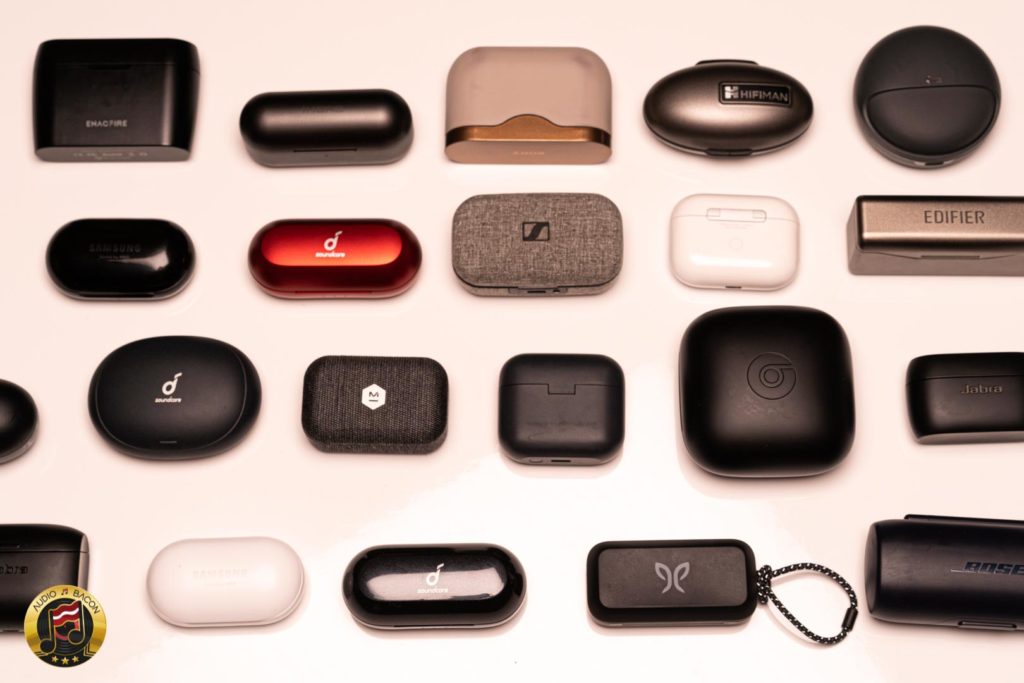
So, what makes me an expert?
I don’t believe you could ever stop learning. However, unlike many of these gadget reviewers, I listen to audio gear for a living. To the point where I’ve been burned out and jaded – and as such, I’m able to isolate my biases very well. 🙂 I spend most of my income, time, and energy training my ears. My taste in music is also very broad. I listen to all types of music (with the exception of large ensemble classical). This includes jazz, rap, rock, metal, electronic, acoustic, folk, and opera. I love Coltrane, 2Pac, Metallica, Kristin Chenoweth, and Joshua Bell. The list goes on.
In simple terms, timbre is what makes a particular musical instrument or human voice have a different sound from another, even when they play or sing the same note.
It also enables listeners to distinguish different instruments in the same category (e.g., an oboe and a clarinet, both woodwind instruments).
Wikipedia
Over the years, I feel I’ve gotten a good grip on what sounds natural and how that relates to the compromises in audio systems. Although listening to music has been an integral part of my life, I’ve spent the past five years full-time to discovering the best in HiFi. Saying I’ve accumulated 10,000 hours of critical listening in the past few years – is probably an understatement. I’ve heard over a thousand HiFi systems from sub-$100 to well past $1 million. And I’ve realized there’s no such thing as a perfect system. In fact, I would say over 90% of them don’t sound natural and probably aren’t aligned with the intent of the artists – but impressive in their own ways. Tradeoffs are just made for different aural palates.
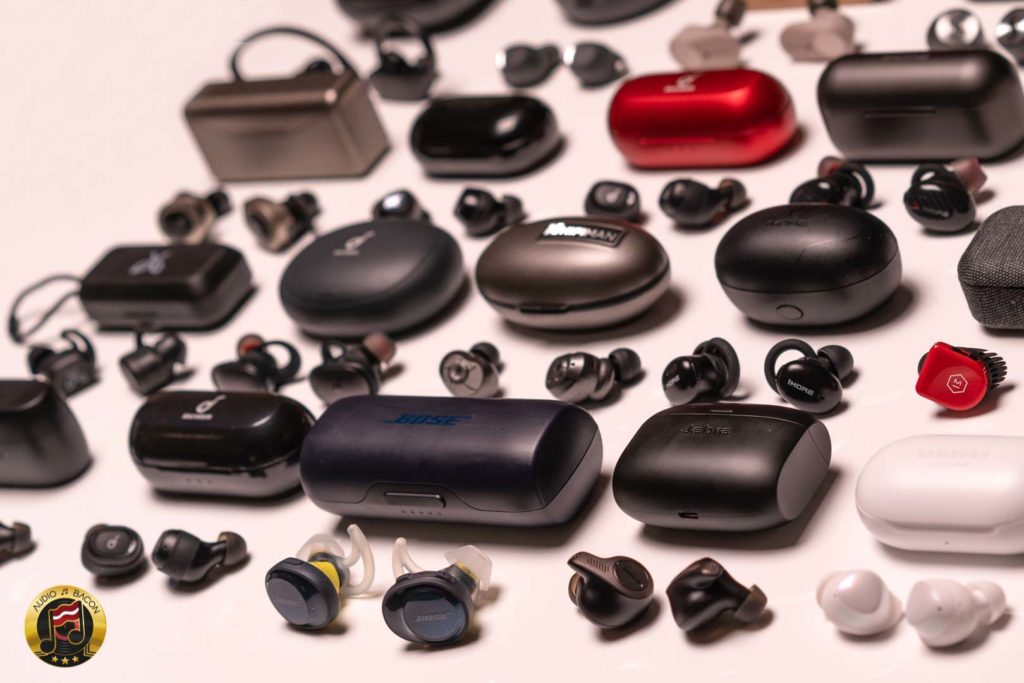
How to obtain a good audiophile reference point
For me, good sound quality is natural, dynamic, and textural. Those are the key qualities I find that brings the most emotion felt from a recording. And the only way to know what sounds “right” is to listen to real people, performing on real instruments, preferably in an unamplified space. This could be anything from a musical or concert to a small cafe or dive bar. Even if live performances were amplified, you still get insightful information on the characteristics of a vocalist’s singing style, a drummer’s energy, and the motion of a saxophonist. I call this “essence” and it’s what I look for when I evaluate any piece of gear. The beauty is, even if those elements are mucked within the recording studio – more often than not, the essence is always there.
Aside from being a melophile, I think it’s still important to listen to your surroundings. Pay attention to the sound of nature, traffic, fireworks, group conversations, barking, and even your espresso grinder. Most of us do “background listening” rather than making the conscious effort of listening intently. So when you hear a river stream, wood chopping, or birds chirping in a recording, it’s easier to determine which piece of gear sounds more realistic. The Game’s My Life is a good example of dogs barking, glass breaking, and gunshots. 🙂 OR, stuff by Yosi Horikawa.
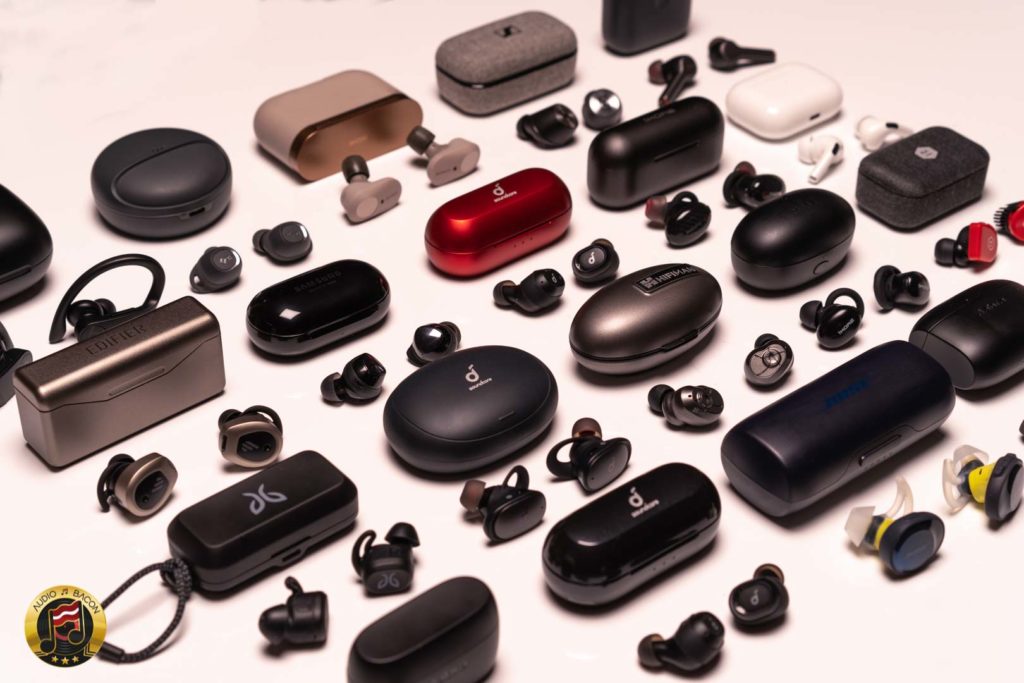
What makes something sound natural?
To me, a natural sound breaks down into accuracy in four regions. Unfortunately, most HiFi gear you’ll encounter will get at most three of these right. None of us want tradeoffs, but we have to deal with reality.
- Tonal Color: If it doesn’t sound like blood is flowing through the voices and the instruments are made of the right material, I’ll always be taken out of the illusion.
- Resolution: Some believe more is better but in an actual performance, there’s just “enough” detail to convince you they’re performing in front of you. Too much or too little and it’s hard to be convincing.
- Density: There has to be a gravity and gravy to the sound. It has to carry weight and body in order to be engaging. Real people and instruments have a material presence – and it should sound that way.
- Coherence: If there are any rough gaps or peaks on the soundstage, it’ll also sound artificial.
How did you choose these true wireless earphones?
Almost all of these earphones were based on recommendations by friends and readers of the site. They were aimed to be the “best of the best” true wireless earbuds today – filtering out all the crappy stuff. I started with over 50 truly wireless earbuds, most being under $70. Needless to say, I threw almost all of them out. Truth is, it’s tough to find good sounding TWS earphones under this price point. Most of these companies are spending money on noise-canceling, packaging, fake Amazon reviews, and water resistance. The sweet spot seems to be around the $125 mark.
I’ve taken many of them on trips and have spent a least a few weeks with each one. As you probably know, I don’t have time to read reviews, watch videos, or post on forums. I prefer to just form my own opinions based on my extensive listening experience. Also, most of these guys focus on other gadgets – and are also more “casual” listeners. Achieving higher fidelity just isn’t their top priority. So hopefully, this will be a fresh and “innocent” perspective
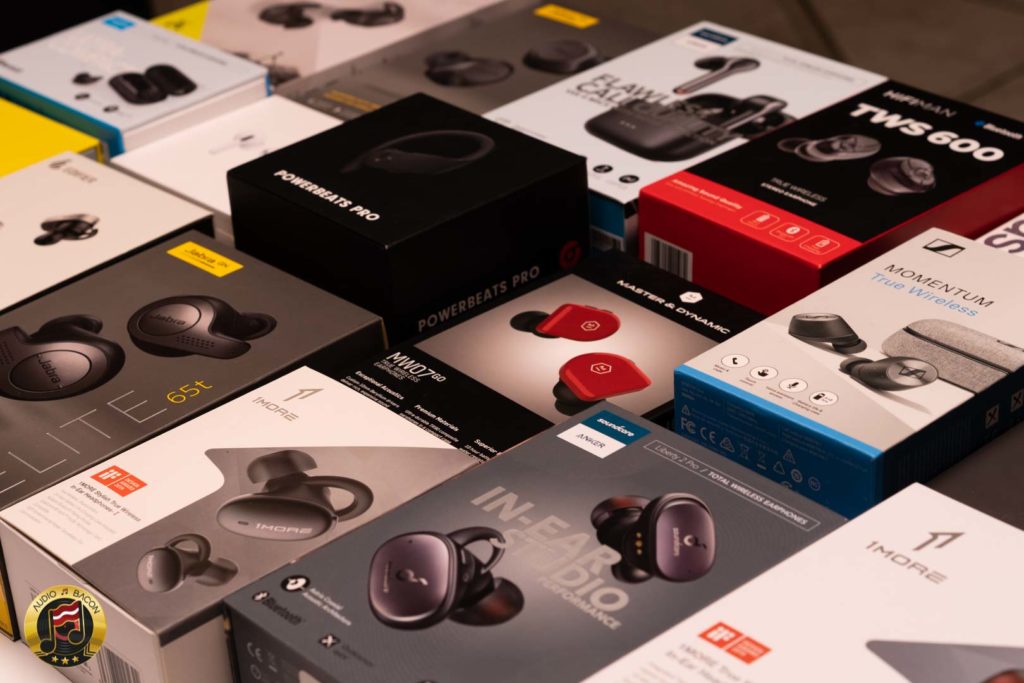
Wireless Earphone Caveats
- Height information: You’ll be losing fidelity just because you’re using Bluetooth – which has a lower bandwidth than a wire. Also, you’ll lose most of the height information with IEMs (in-ear monitors) because you’re not using your entire ear to listen.
- Crossfeed: When music is mastered, it usually performed with a pair of monitors. Both of your ears would hear a little bit of both of these speakers. With headphones, you’re usually hearing the channels discretely. None of these earphones had any kind of crossfeed option. This results in poorer imaging and depth than you would get with speakers.
- Premium price: Premium price doesn’t mean premium sound. As you’ll see, $200 earbuds may sound worse than your $50 ones.
- Ear tips: Your ear tips and fit make an enormous difference in what you hear with IEMs. So try different tip materials and insert depths until you could improve channel balance and maximize the performance. Bigger tips usually mean more bass and softness while smaller tips are thinner and higher-pitched.
- Optimal volume: Without getting technical, some headphones sound better at certain volume levels. Before you judge, adjust the volume.
- Equalization: Almost all of these truly wireless headphones require equalization to sound their best. I’ll go over the settings I used to squeeze out the most performance. Most of these companies have their own apps that allow you to customize the sound. Most of the presets are crap but there are a few exceptions.
- Codec: Whether the earphone uses AAC, SBC, or aptX HD – there’s usually no correlation to overall performance. It really depends on how they design and tuned the earphones. Having the right ears on the team will go a long way for these companies.
- Side Notes: I’ll have a “side notes” section that will go over non-sound quality-related stuff that may be important.
- Firmware: Some firmware updates of these earphones seem to change the sound so I’ve listed the appropriate versions. I’m using the latest versions for app and firmware at the time of this post.
- Your networking gear: Whether you like it or not, your modem, router, switches, and even Ethernet cables will change the sound of your streamed music. The cheapest way to hear this is to buy a cheap UPS and hook up your modem/router to it. I have two of these. Yes, this also impacts music streamed over WiFi (I know, I know).
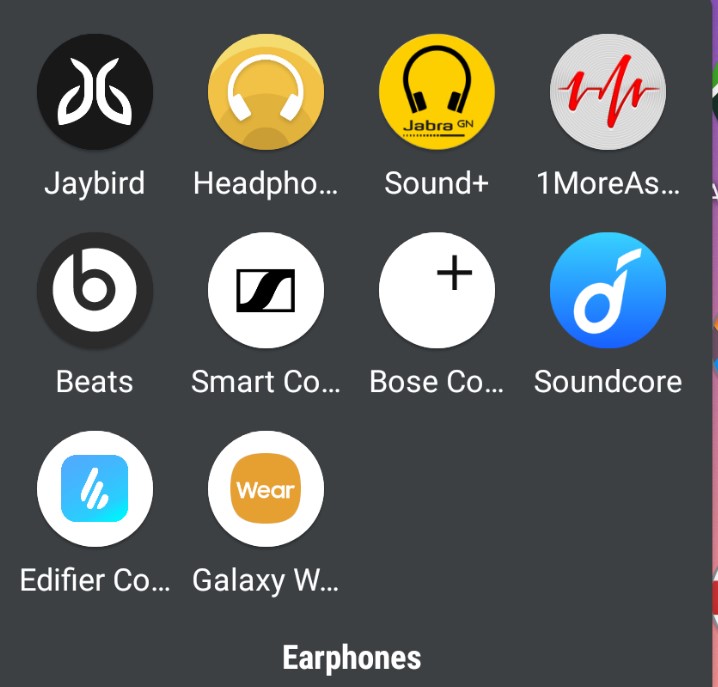
Onto the impressions…
This comparison took months to write. Like any rational audiophile, I’ll be using my $80,000 sound system as a reference. Listening was done primarily through Roon, Tidal, and Spotify on a Pixel 3.
This is not a sponsored post and serves as a journal for my own curiosity. I plan to do a wireless over-ear version of this list next. If you want to support posts like these, the affiliate links give me a tiny kickback at no cost to you – or just some caffeine injection will do.


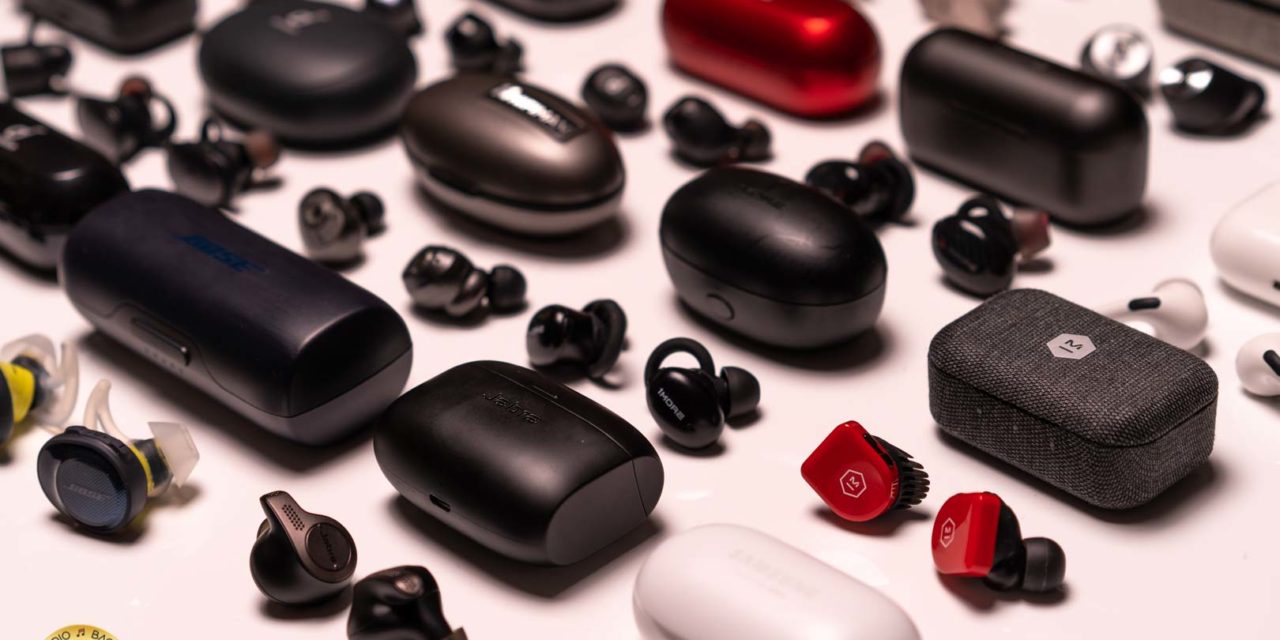


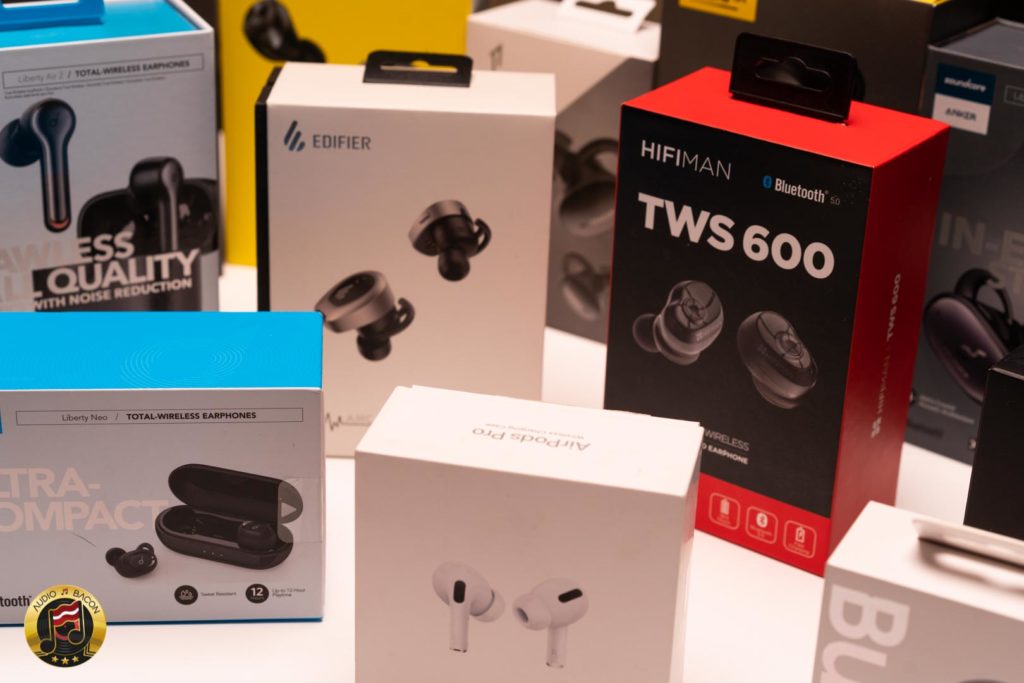
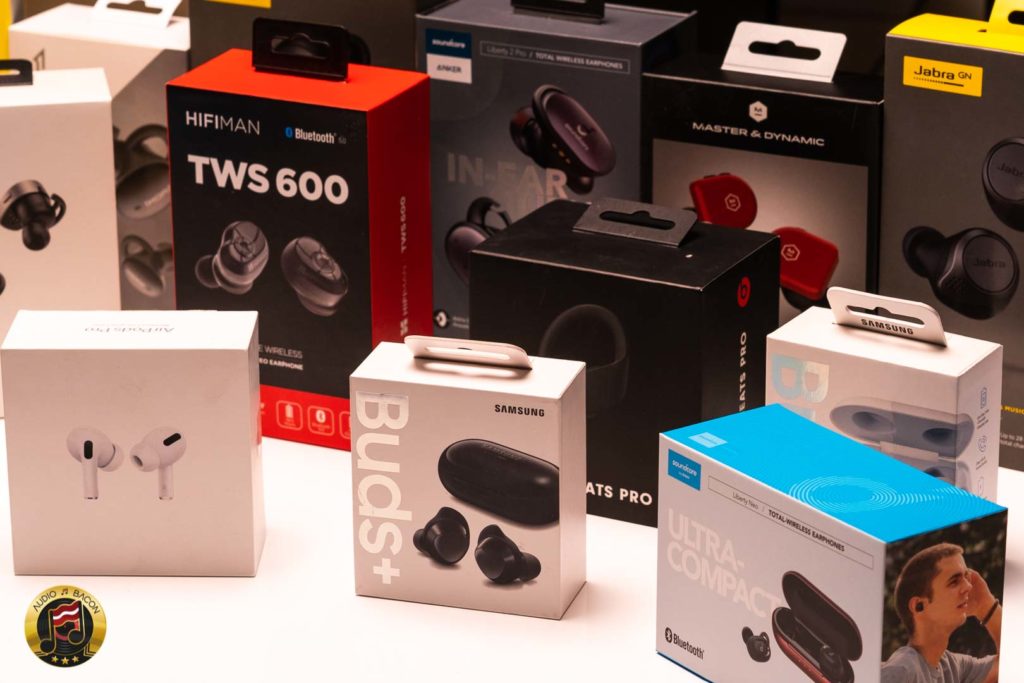

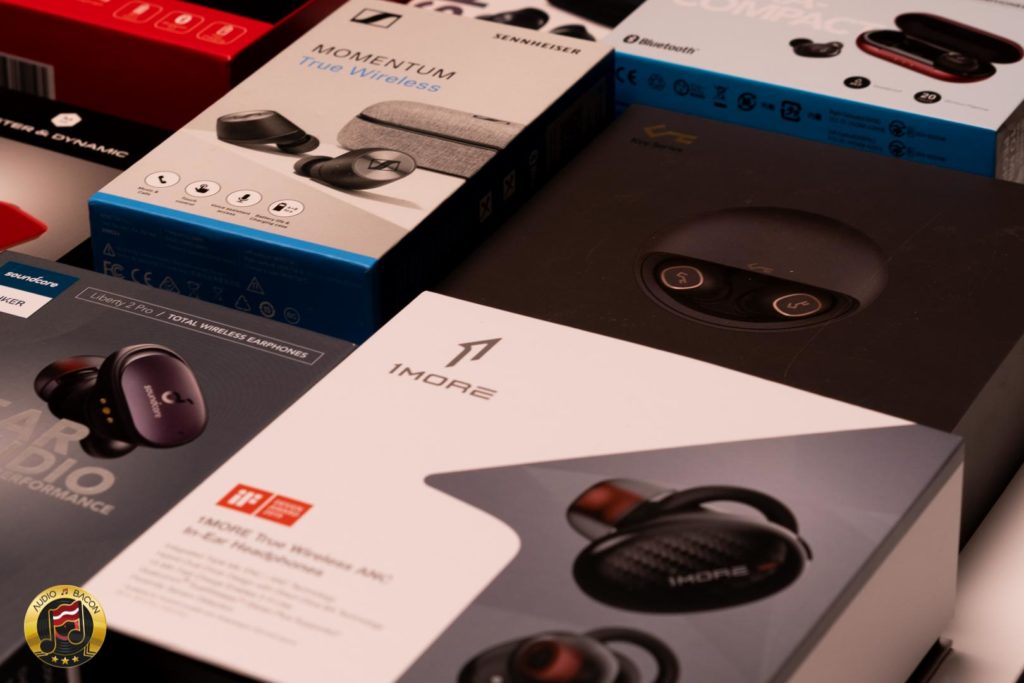




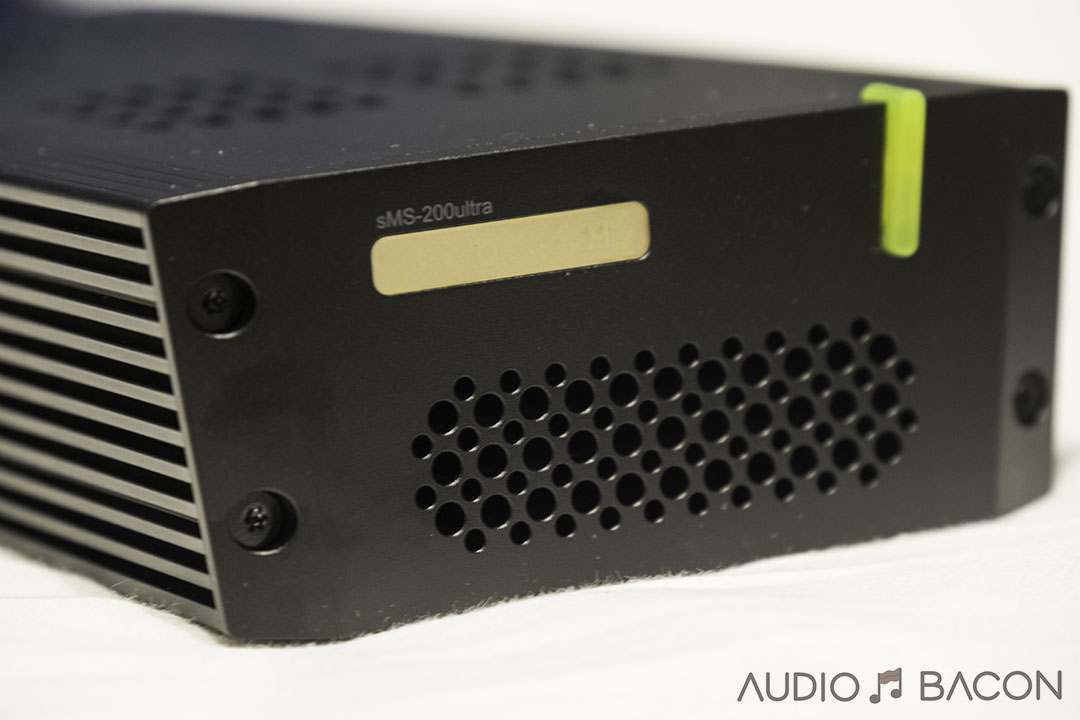
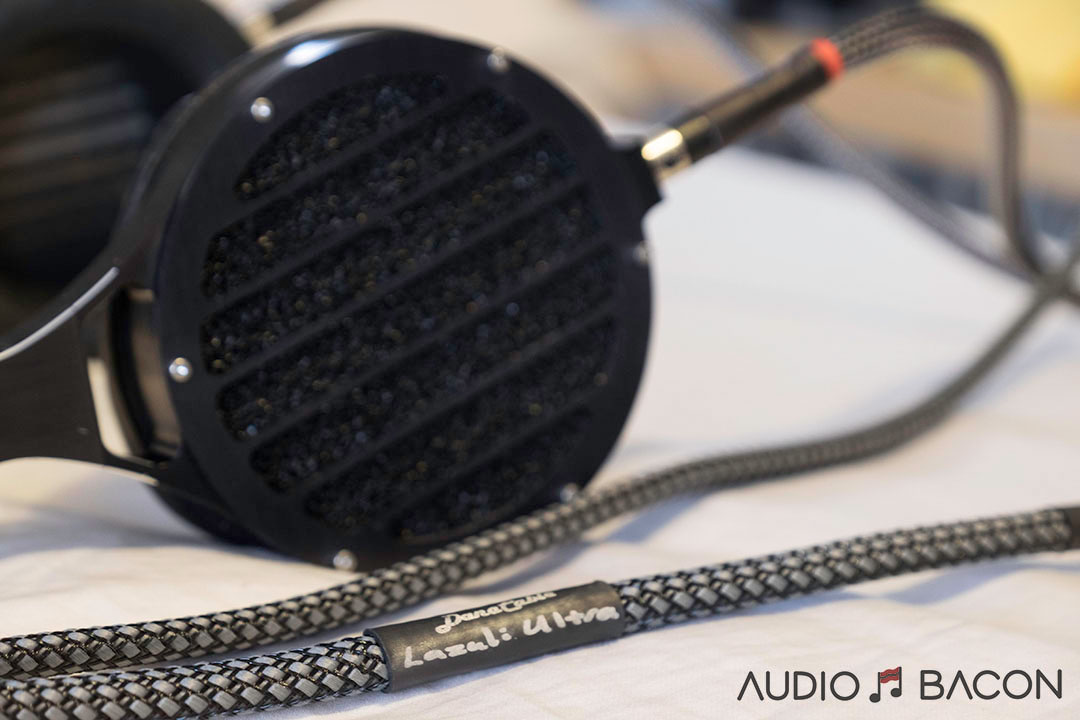
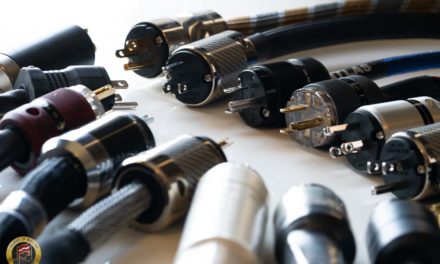

Very nice article and I tend to agree with most if not all your assessments. I own most of these headphones and am a headphone addict. Clearly sound and headphones reviews are very subjective. I appreciate all your efforts here! Well done!
Thank you for your support, David. Gonna keep pushin’ forward!
Try huawei freebuds 3, they could be the best, they shock me how good r they.
I think this is probably the best audio review comparison for a buyer that I’ve ever read. No. Not probably. Actually it is the best. That’s because you’ve written the good AND the bad about every product. Never said one item is better absolutely. Explained what you liked and why, which is VERY important as I might like something that you don’t. Though most importantly, you compared the items at the end with both the good and bad points in a comparative way. This grouping of descriptions and comparisons actually makes your ranking list not very useful and confusing, BUT! makes the whole review useful and informative and can help a person decide which product THEY would like. I still like my old Wf-1000x buds but was looking for something, probably by now, better. By reading your reviews I might actually rank the new Sony buds as number one (though I’d have to hear them of course). The beauty of your reviews is that I can actually get some idea of what I WOULD actually like and what to try first. Awesome writing and well thought out.
Thank you, Mark. It’s interesting because some days, I don’t mind having something further down the ranking list for the “unique” qualities it presents. It’s sometimes about the mood or about the appreciation of a certain type of sound. Although I prefer a more natural sound, I sometimes still enjoy the “fantasy” that some of these headphones provide. It amazes me how much information is capture by the microphone – which I don’t think even the performers or engineers knew about. I did perform this experiment for my own record keeping. Figured it’ll give me a good reference point for things I hear in the future. Everyone enjoys music differently and I’m glad I was able to help.
I’m going to doubt this product is better than the Sony it was compared to.
Great review. I have settled on 3 sets of earbuds for my everyday use.
1. Soundcore Liberty 2 Pro – For home use. I agree wholeheartedly about your remarks regarding these earbuds, and now Soundcore has added a 7 band EQ allowing you to custom eq them, so that’s fantastic. Their relatively weak IPX rating and substandard call performance keeps them from being my “go to” phones, but when I am at home, these are the ones I pick up.
2. Sony WF-1000XM3 – Although not as good sounding as the L2P, The sublime ANC of these buds makes these my default travel gear, edging out my Bose QC35ii over the ear cans. The sound isolation on these is actually better than my Bose. And the portability of them is self evident. No IPX rating makes them strictly for plane trips and similar use cases. Definitely a niche product, but once you travel with ANC, there’s no going back.
3. Soundcre Liberty Air 2 – These are my default “out and about” phones. The slight trade off in sound quality is more than offset by the smaller case, stronger water resistance and call quality. The soundcore app allows you to EQ them quite a bit, so I can get good sound even in environments that are not conducive to it.
Have you tried the lypertek tevi?
I’ve bought a pair before. I don’t think it’s worth comparing to the ones up here. Not super great in my opinion
I have been looking for exactly such an analysis. I have been looking for a TWS for exactly the same purpose as yours except that call quality is a semi-important factor. I mostly use iFi xDSD for Bluetooth receiver with JVC FD0X or Sony MD855. Anyway, it would be interesting if you could rate Galaxy bud live that has an open design with a bass duct and 12mm driver. My interest in it for its call quality and I heard it is better than galaxy bud+. Thank you.
Thank you so much for your review man!!!! I tried many earbuds and the M&D MW07 GO is a clear win on sound quality in my opinion! So detailed, precise, layered, immersive and just beautiful sound in all genres. I can hear many new sounds in the same old songs and music that I listen over and over again. I have been a Bose fan for so long but M&D will be my new faith on sound quality. Thank you for such a professional and honest review!!! Appreciate it!!!
My pleasure 🙂
This is has become my go to reference source – the care and attention to detail that went into this is amazing; so, Thank You! I have always struggled with pure ranking lists and have been skeptical of kickback bias. I have been on a quest to find the highest call/mic quality without sacrificing my music preferences. This has served as a good cross-reference. I was generally happy with the Momentum TW’s call-wise; however, was never a big fan of how music sounded through them (although I really wanted them to be good). That combined with the flaws (“volume min / volume min / volume min”) drove me away. I am on the phone all day for work and like to listen to music in between. I’m currently using Jabra 75t’s and they seem pretty good for both purposes – the extra bass doesn’t bother me too much but heavier music tends to sound a little muddled to my liking.
Has anyone else had good experiences with TWS with the right call quality / musicality balance? Always open to opinions and suggestions.
Thanks!
You had me with how you arranged and photographed the boxes.
I was wondering if you had an earbud recommendation for heavier music? I was leaning towards the Liberty 2 Pro or MW07 GO’s based on your reviews but I figured I’d check to see if there was something I was missing. Thanks!
Not sure what you mean by heavier music? Bass?
More on the metal and punk spectrum of genres. I know EQ’s on these genres are tuned higher on the high and low ends but leave the mids largely unchanged.
Thank you for sharing this very fine review.
Have a wonderful new year!
Good job. I look forward to more of your interesting observations.
Wow, this review is fantastic. I still have of course some questions, as it’s difficult to understand what do you mean by “colour”, “gray”, “darker”. Do you have a link to know more about these sound terms ?
I am looking right now a pair of wireless earbuds for walking in the street and make sports mainly. I really don’t care about the outside noise, and some others functionnality. I just whant to listen to music 🙂
This is what I really liked in your review. This is crazy how it is difficult to find a such audio quality based review.
I like the warm and open feeling of the sound. I was a fan of the senheiser X100. which is light, simple, semi-opened (I think this is the key of this “warm” – I an not sure about the term – sound I like. I am a definitely analog guy 🙂
So I am hesitating right now with the MW07GO, the powerbeats PRO, bose sound sport free (for which you were positively surprised. There are also the newer sport earbuds).
I am listening the music for enjoying it. I make music myself. I have a good hear, I hear a lot of details. But I am afraid of a too precise earbuds that could be annoying after a while or could hurt ears specially if the high are to crispy. So let’s say I want to enjoy the music more than I want to analyse music, I like the idea of smoothness. I like 90s rock. Foo flighters. I like mediation music. I like rap. Soundtracks music, definitely. An important point is that my source are not specially super quality records. Could be important. Warm, Space and Detailled, Opened (I would like to avoid a feeling of chlostrophoby) could be the most important adjectives I guess in what I am looking for.
With this description could you recommand me one or two ? (in my list or not of course)
I take you a coffee right now 🙂 thanks you so much for this work
An amateur of anaolog music and photography.
warm to me is that brown, fireplace, golden color to the sound. Grey is a darker sound outside of neutral (colorless). Basically just shades of gray to black. A colder tone is icy and blue.
the Liberty 2 Pro might be fatiguing but has the best tone. The Sennheiser Momentum True Wireless 2 in High-end tuning mode might be what you’re looking for. It’s not very warm but strikes a good balance.
Great review. I modified Piano EQ as Jay suggested and added Comply tips (and removed both rubber bands). I am so much enjoying the Liberty 2 pro. Thanks Jay!!
Paul
”Unfortunately, I can’t customize the “Piano” EQ and save it as my own. I would take the highs down a tad and boost the 200-300 Hz region. Reason being that these earphones have this ever-present coarseness in the mids. It’s kind of edgy, hissy, screechy, and resembles static at times. These adjustments would hopefully close the micro-caps and hopefully smooth over the grain”.
EQ: piano
Hz / Gain
100Hz / 0
200Hz / 3
400Hz / 3
800Hz / 2
1.6kHz / 4
3.2kHz / 5
6.4kHz / 3
12.8kHz / 4
EQ: piano (slightly modified)
Hz / Gain
100Hz / -1
200Hz / 2
400Hz / 2
800Hz / 2
1.6kHz / 4
3.2kHz / 5
6.4kHz / 3
12.8kHz / 4
Thank you for sharing this useful information about Wireless earbuds. Great article. I’m looking forward to reading your next essay. Thank you once more!